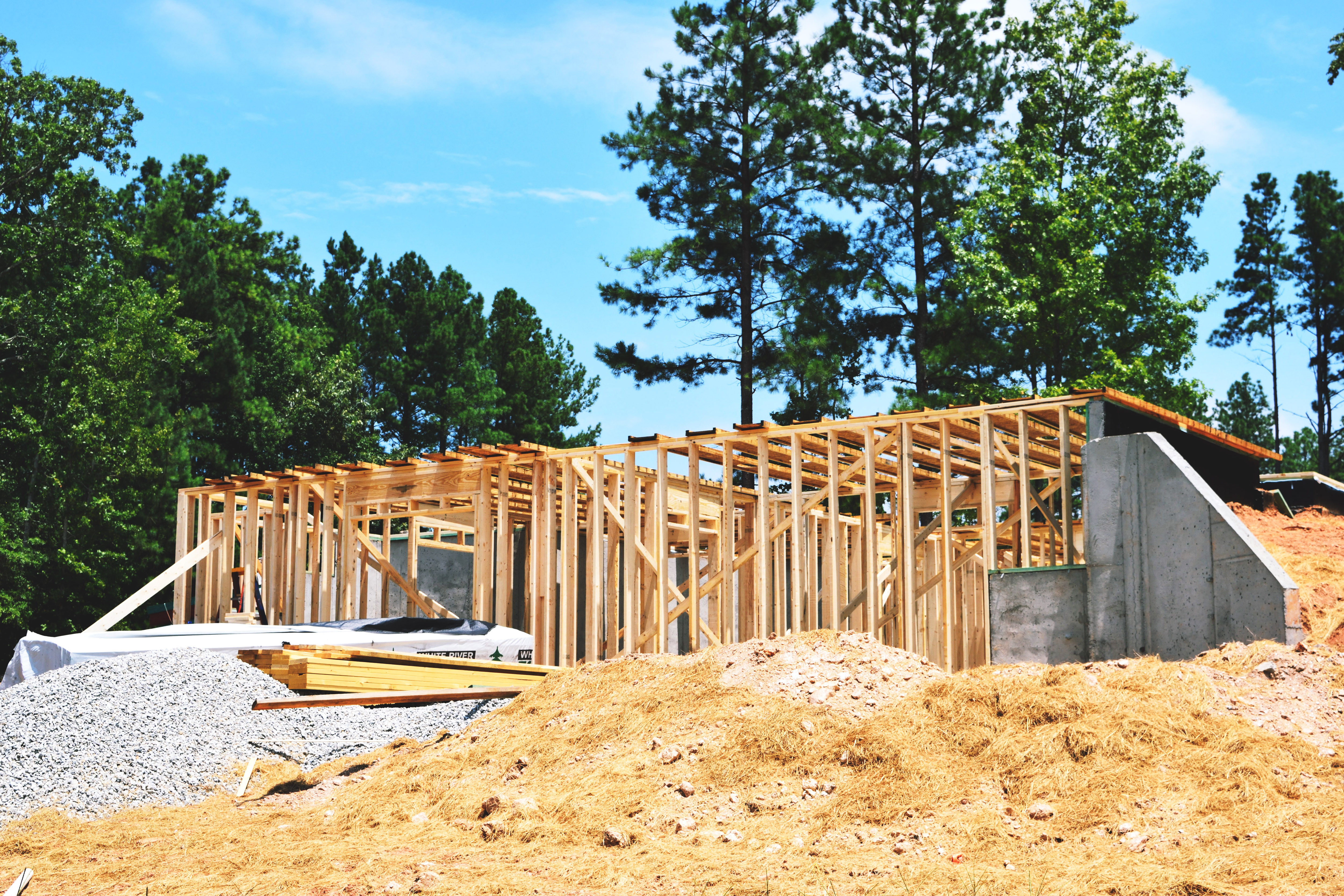{The Future of {Alloys|Composites|Aerospace Materials} in {Aviation{En…
페이지 정보
작성자 Demetrius 작성일 25-07-19 02:17 조회 55 댓글 0본문

One of the key deployments of high-performance composites in space exploration is in the production of strong yet parts. These could be used in aircraft and spaceship structures, lowering total mass and boosting energy consumption. For example, composites such as titanium have been extensively used in the aerospace industry due to their superior mass ratio.
Another area of attention in the development of alloys for aviation science is in the creation of shape-memory materials. These have the feature to morph shape in reaction to thermal cycles, making them ideal for uses such as deployable structures. Researchers are also investigating the deployment of shape-memory materials for more complex functions such as variable optics and deployable antennas.
Recent advances in physics have led to the development of new materials with superior properties. One such instance is the development of high-entropy alloys, which display improved strength corrosion resistance and high-temperature features. These composites have the promise to replace traditional materials such as stainless steel in various spaceship deployments.
The use of alloys in space exploration also has significant consequences for environmental responsibility. As the demand for more fuel-efficient aircraft and space stations grows, the necessity for lightweight and high-performance materials becomes increasingly important. Lightweight alloys such as those mentioned above can assist reduce the weight of aircraft and spacecraft, yielding lower waste and reduced greenhouse gas emissions.
In addition to their material properties, alloys are also being applied to optimize the stability and trust of aircraft parts. The creation of surfaces treatments and https://russia24.pro/moscow/406461826/ surface quality has enabled the production of repairable surfaces and high-strength resistance. These features can noticeably lower maintenance expenses and extend the duration of aerospace components.
The direction of alloys in aerospace engineering is also tied to the breakthroughs in additive manufacturing. The capability to manufacture complex structures and details using materials such as aluminum has transformed the manufacturing process. It has allowed the production of components with complicated geometries and systems that would be complex or complicated to create using traditional production processes.
In summary, the prospects of composites in aviation science holds considerable hope for technological innovation. As scientists and technicians continue to extend the boundaries of materials science, we can anticipate to see significant improvements in the production of lightweight, strong, and durable alloys for use in multipurpose vehicles and spacecraft applications. These advancements will not only improve the performance and efficiency of aircraft components but also contribute to a more eco-friendly and climate-positive market.
- 이전글 Business Scaling Secrets
- 다음글 Five Qualities That People Search For In Every Best Locks For Doors Replacement
댓글목록 0
등록된 댓글이 없습니다.
